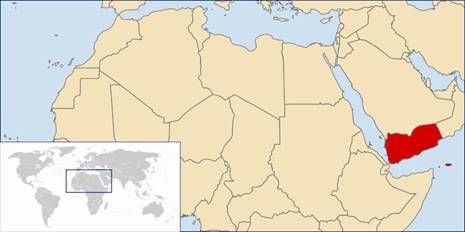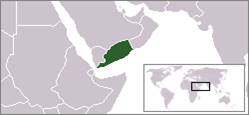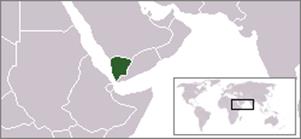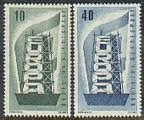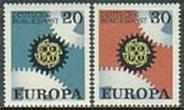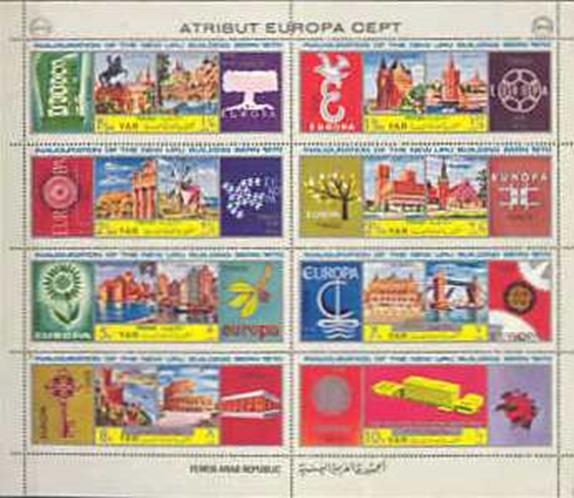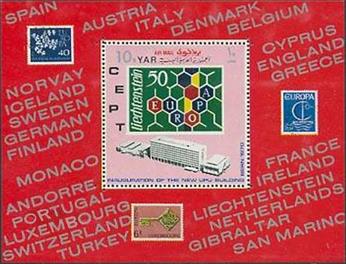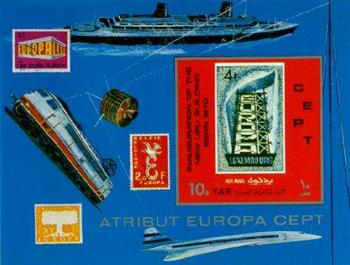P=have O=don’t have it
Yemen
People’s Democratic Rerpublic (PDRY) - A former republic in south Arabia,
formed from the former British colony of Aden
and protectorate of South Arabia, Established
in 1967, when the Federation of South Arabia became independent from
South
Yemen maintained close ties with the Soviet Union and supported Marxist
guerrillas in northern
Intermittent
fighting, beginning in early 1971, flared into open warfare between the two
A
cease-fire was arranged in the same month, under the auspices of the Arab
League, and soon afterwards both sides agreed to the union of the two
In
1990 the two states of
The
People's Democratic Republic of Yemen, Democratic Yemen, South Yemen or
British
interests in the area which would later become the People's Democratic Republic
of Yemen (PDRY) began to grow when on January 19, 1839, British East India
Company forces captured the
In
1963,
Two
nationalist groups, the Front for the Liberation of Occupied South Yemen
(FLOSY) and the National Front, الجبهة
القوميّة (NF), began an armed struggle on 14
October 1963 against British control and, with the temporary closure of the
In
June
The
major communist powers assisted in the building of the PDRY's armed forces.
Strong support from
http://en.wikipedia.org/wiki/People%27s_Democratic_Republic_of_Yemen
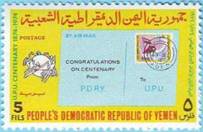
Scott: #149P
Issued: 9.10.1974
Centenary, UPU
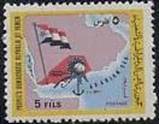 Inside
#149:
Inside
#149:
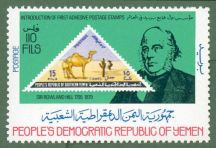
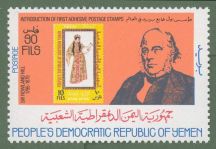
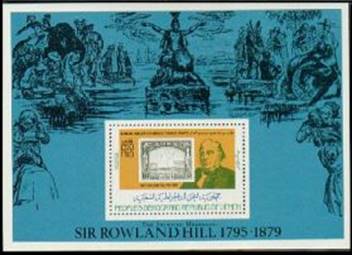
Scott: #225P,
#226O, #227P
Issued: 27.8.1979
Death Centenary of Sir Rowland Hill
 Inside
#226:
Inside
#226:
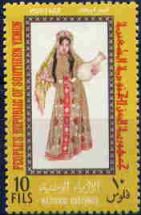 Inside #225:
Inside #225:
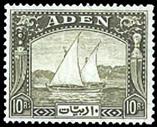 Inside
#227:
Inside
#227:
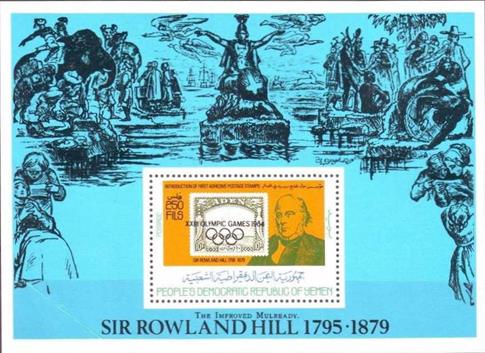
#MI BL A 22O
Issued: ??.?.19??
OLYMPICS GAMES ‘84
#227 Overprinted “OLYMPICS GAMES“
(
The
Mutawakkilite Kingdom of Yemen sometimes spelled Mutawakelite Kingdom of Yemen,
also known as the
Religious
leaders of the Zaydi sect of Shi'ite Islam expelled forces of the Ottoman
Empire from what is now northern
On
30 October 1918, following the collapse of the Ottoman Empire, Imam Yahya
Muhammad of the al-Qasimi dynasty declared northern
In
the 1920s Yahya had expanded Yemeni power to the north into southern Tihamah
and southern 'Asir but collided with the rising influence of the Sa'udi king of
Hejaz and
Imam
Yahya died during an unsuccessful coup attempt in 1948 and was succeeded by his
son Ahmad bin Yahya. His reign was marked by growing repression, renewed
friction with the
Imam
Ahmad faced growing pressures to support the Arab nationalist objectives of
Egyptian President Gamal Abdul Nasser and, in April 1956, he signed a mutual
defense pact with
Ahmad
died in September 1962, and was succeeded by his son, the Crown Prince Muhammad
al-Badr. However Muhammad al-Badr's reign was brief. Egyptian-trained military
officers inspired by
The
YAR united with the People's Democratic Republic of Yemen (South Yemen) on May
22, 1990 to form the
http://en.wikipedia.org/wiki/Mutawakkilite_Kingdom_of_Yemen
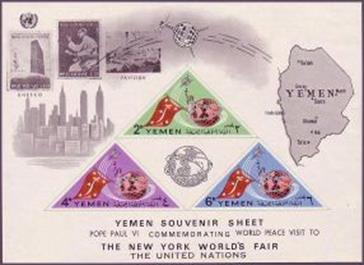
MI #190 Bl.26O
Issued: 10.4.1965
The
Pope Paul VI World Peace Visit to the United Nations
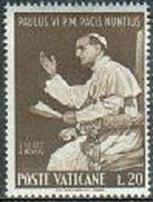 Inside MI #190 Bl.26 (In Margin): Vatican #416P
Inside MI #190 Bl.26 (In Margin): Vatican #416P
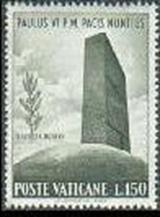 Inside MI #190
Bl.26 (In Margin): Vatican #418P
Inside MI #190
Bl.26 (In Margin): Vatican #418P



Mi #575-84P
Issued: 0.0.1968
Honoring World Philately
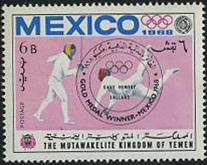 Inside #Mi 580:
Inside #Mi 580:
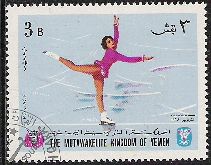 Inside #Mi 580:
Yemen Mi #456O
Inside #Mi 580:
Yemen Mi #456O
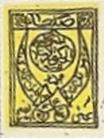 Inside #Mi 584: Yemen #3O
Inside #Mi 584: Yemen #3O
Thanks to Komlóssy Zoltán for the scan
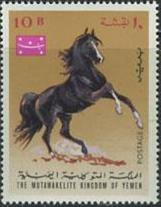 Inside #Mi 584:
Inside #Mi 584:
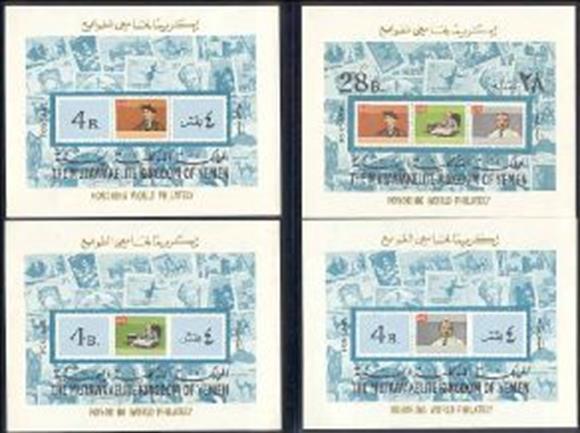
Mi #Bl 126P
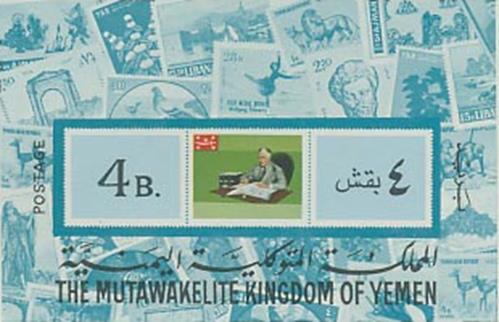
Mi #Bl 127P

Mi #Bl 128O

Mi #Bl 129O
Issued: 15.8.1968
Honoring World Philately

Inside #Mi Bl 126-9 (In Margin): Various












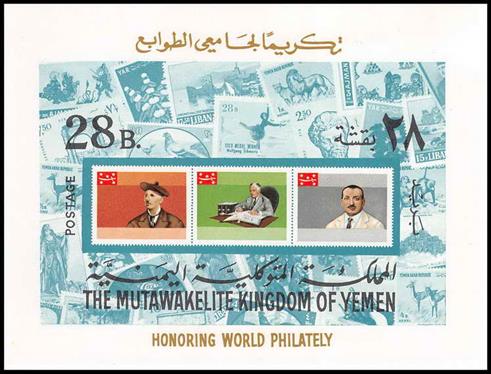




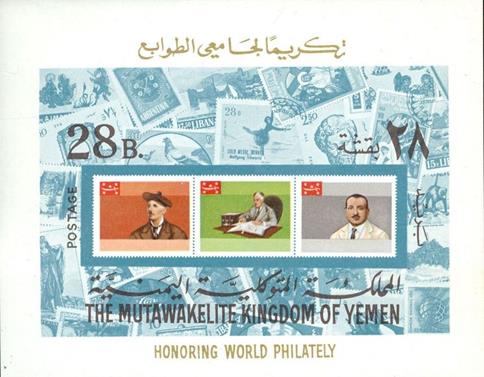





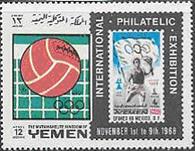
Lou
wrote: Recently, I was online checking various sites and noticed that some dealers
were not offering the correct sets of the 1968 Mutawakelite
(isn't that a great word?) Kingdom of Yemen souvenir
sheets "Honoring World Philately".
These
have a great story: Four imperf
s/s were issued on August 25, 1968 and distributed before postal officials
realized the designer and printers had made incredible errors in the
stamps in the background of the sheets. At the time, the kingdom was involved
in a civil war with the rebel entity, the Yemen Arab Republic, and
included in the montage of stamps were several stamps from the enemy YAR!
Within days, new revised sheets were produced by just
covering over the YAR stamps with other stamps--with one exception --they
retained the YAR baboons stamp at right center but masked the country
inscription!
Listings
and IDs of both printings were included in the 1968 SOSCU checklist, and I
had contributed them to Bunny Kaplan for Handbook 122, but she did not
want to list stamps not in Scott's. My very old
Michel Asien II - Band 5/II catalog lists and illustrates
only the corrected sheets as Blocks 126-129, so In my
personal checklists and scans I have added Type I and Type II. For some reason,
over the years, the two printings have been mixed up
and combinations of them are being sold.
I
contacted two sellers to advise them of their mixes and got only one "so
what?" reply. So, a caveat emptor, if you want to acquire these
sheets. Look carefully at what is being sold. I
had a set of the error sheets, but had to buy two mixed sets to get the four
revised ones, and, over a very long time, with the accumulation of many
unneeded stamps, I have all the stamps on both - altho,
I still haven't come up with a layout I like.
I
am only showing the Block 129 varieties which show the
differences clearly.
Even
if you can only end up with a mixed set, you have what you need for an
interesting page write up or a talking point
when showing your collection. Some non-SoS collectors
who I showed these to were
amazed that such an error could occur.
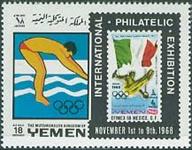
Yemen Kingdom Mi Block 129 - type
I design error
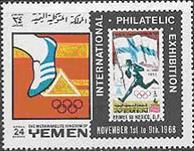
Yemen Kingdom Mi Block 129 - type
II corrected
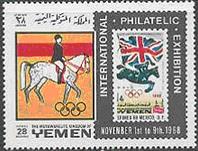
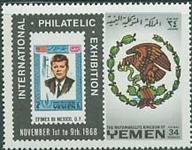
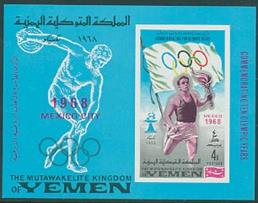
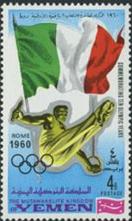
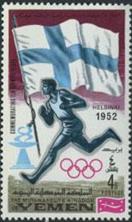
Mi #627P, #628P, #629P, #630P, #631P
Issued: 1.11.1968
EFIMEX
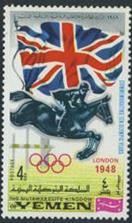 Inside #Mi 627: Yemen Mi #B94P
Inside #Mi 627: Yemen Mi #B94P
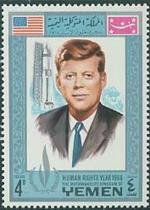 Inside #Mi 628: Yemen Mi #523O
Inside #Mi 628: Yemen Mi #523O
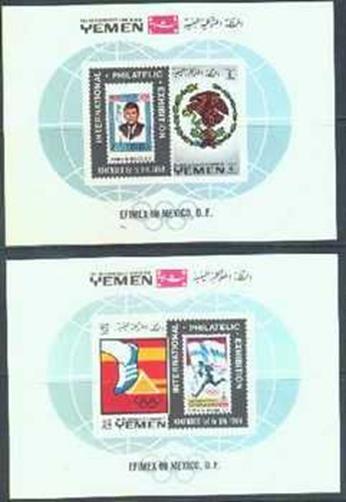 Inside #Mi 631:
Yemen Mi #524O
Inside #Mi 631:
Yemen Mi #524O
 Inside #Mi 629: Yemen Mi #521O
Inside #Mi 629: Yemen Mi #521O
 Inside #Mi 631:
Yemen Mi #547O
Inside #Mi 631:
Yemen Mi #547O
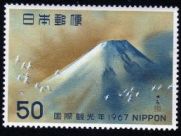
Mi
#632 Bl 144O
Mi
#632 Bl 145P
Issued: 25.12.1968

Mi #1078BO
(plastic, 3D, part of 1073-8B)
Issued: ??.??.1970
PHILATOKYO 1971
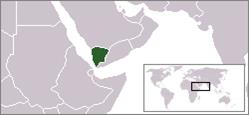 Inside Mi #???:
Inside Mi #???:
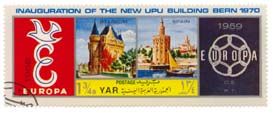
Mi #BL 213BO (plastic,
3D)
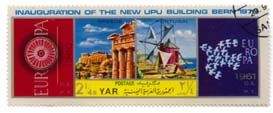 Inside Mi #???:
Inside Mi #???:
Thanks to Lou Guadagno
The
Yemen Arab Republic (YAR) also known as
Unlike
East and
http://en.wikipedia.org/wiki/Yemen_Arab_Republic




Mi
#1109-12P
Issued: 8.5.1970
UPU New Headquarters
|
|
|
|
Germany #748P(Azerbaijan), #749P |
|
Inside #Mi 1109:
Europa Design 1956-7 (B)
|
|
|
|
|
|
Inside #Mi 1110:
Europa Design 1958-9 Type CD1 & CD2 (B)
|
|
|
|
|
|
Inside #Mi 1111:
Europa Design 1960-1 Type CD3 & CD4 (B)
|
|
|
|
Germany #852-3P |
|
Inside #Mi 1112:
Europa Design 1962-3 Type CD5 & CD6 (B)
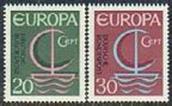



Mi
#1113-16O
|
|
|
|
|
|
Inside #Mi 1113:
Europa Design 1964-5 Type CD7 & CD8 (B)
|
|
|
|
|
|
Inside #Mi 1114:
Europa Design 1966-7 Type CD9 & CD10 (B)
|
|
|
|
|
Germany #996-7P |
Inside #Mi 1115:
Europa Design 1968-9 Type CD11 & CD12 (B)
|
|
|
Inside #Mi 1116:
Europa Design 1970 (B)
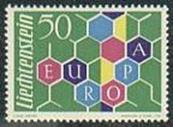
Thanks to Lou
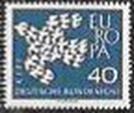
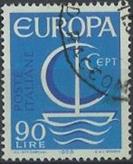
Mi #Bl 126-7O (Thanks to Lou)
Issued: 8.5.1970
UPU New Headquarters
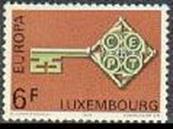 Inside
#Mi Bl 126:
Inside
#Mi Bl 126:
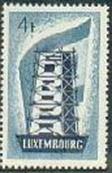 Inside #Mi Bl 126 (in margin): Germany #845P
Inside #Mi Bl 126 (in margin): Germany #845P
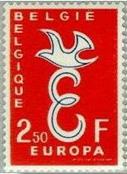 Inside #Mi Bl 126 (in margin): Italy #943P
Inside #Mi Bl 126 (in margin): Italy #943P
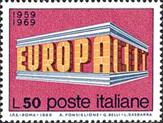 Inside #Mi Bl 126 (in margin): Luxembourg #467P
Inside #Mi Bl 126 (in margin): Luxembourg #467P
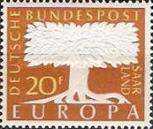 Inside #Mi Bl 127: Luxembourg #320O
Inside #Mi Bl 127: Luxembourg #320O
 Inside #Mi Bl 127 (in margin): Belgium #527P
Inside #Mi Bl 127 (in margin): Belgium #527P
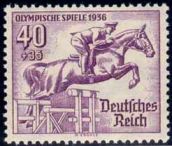 Inside #Mi Bl 127 (in margin): Italy #1000P
Inside #Mi Bl 127 (in margin): Italy #1000P
![[EUROPA Stamps, type F]](Yemen_image155.jpg) Inside #Mi Bl 127 (in margin): Saar #286O
Inside #Mi Bl 127 (in margin): Saar #286O
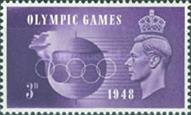
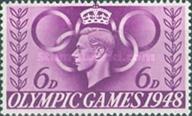
Mi #Bl 139O, #140P
Issued: 10.9.1970
Philympia '70
 Inside #Mi Bl 139: Germany #B89O
Inside #Mi Bl 139: Germany #B89O
![[Olympic Games - London, England, type DG]](Yemen_image162.jpg)
![[Olympic Games - London, England, type DH]](Yemen_image164.jpg)
![[Olympic Games - London, England, type DI]](Yemen_image166.jpg)
Inside #Mi Bl 139
(in margin): G.B. #271P, #272P, #273P(Malawi)
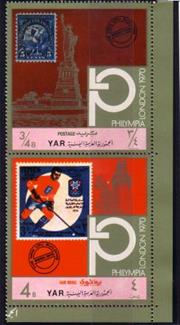 Inside #Mi Bl 140: Mexico #C311O
Inside #Mi Bl 140: Mexico #C311O
Thanks to Komlóssy Zoltán for the scan
 Inside
#Mi Bl 140 (in margin):
Many Stamps To Be Identify
Inside
#Mi Bl 140 (in margin):
Many Stamps To Be Identify
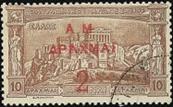
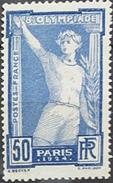
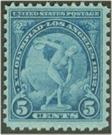
MK #878-83P
Issued: 10.9.1970
Philympia '70
 Inside
#MK 878:
Inside
#MK 878:
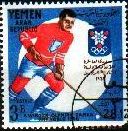 Inside
#MK 879: France #201O
Inside
#MK 879: France #201O
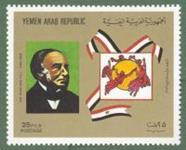 Inside #MK 880: US #719O
Inside #MK 880: US #719O
 Inside
#MK 881: G.B. #274P
Inside
#MK 881: G.B. #274P
 Inside
#MK 882:
Inside
#MK 882:
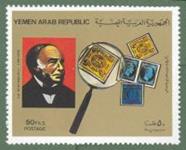 Inside #MK 883:
Inside #MK 883:
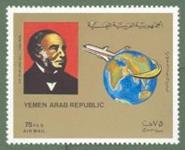
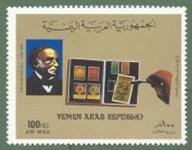
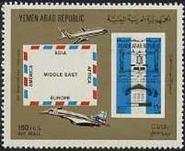
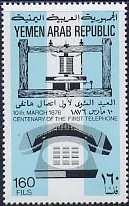
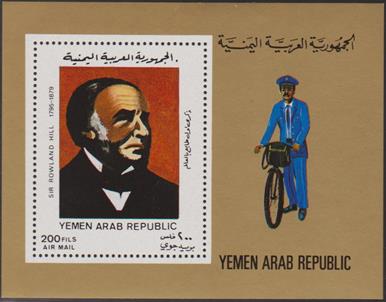
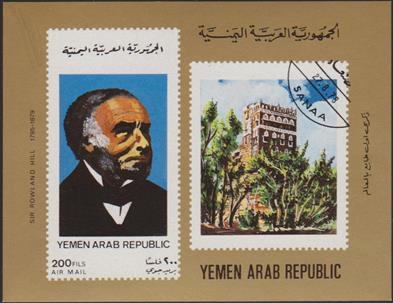
Scott: #395-400O
Issued: 15.9.1981
100th Anniversary of the death of Sir Rowland Hill (in
1979)
 Inside
#396:
Inside
#396:
 Inside
#397: TBI (European stamps)
Inside
#397: TBI (European stamps)
 Inside
#399: TBI
Inside
#399: TBI
 Inside
#400:
Inside
#400:

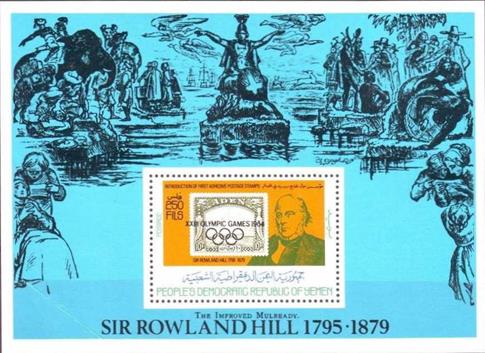
Scott: #401-2O
Thanks to Lloyd Gilbert for the scans
No Stamps
Best website related:
![]()
Wish List

Yemen PDR #52

Yemen PDR #56

Yemen PDR #75

Yemen #159

Yemen PDR #226
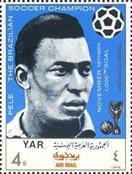
MI #190 Bl.26O

Yemen #3O

Yemen #322






Scott: #395-400


Scott: #401-2

Yemen #428 for Guinee

#MI BL A 22

Yemen Mi #433

Yemen Mi #456
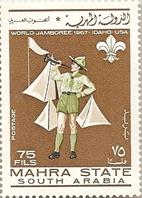
Yemen Mi #497

Yemen Mi #521

Yemen Mi #523

Yemen Mi #524

Yemen Mi #547

Yemen #MK 551


Yemen Arab Rep. MI #1106 from block #124 for Sharjah


Yemen Arab Rep. MI #1107 from block #125 for Sharjah

Mi #Bl 128O

Mi #Bl 129O

Mi #Bl 139
Mahra State (Yemen)

Mahra State
(Yemen) #Mi 13 for Ajman

